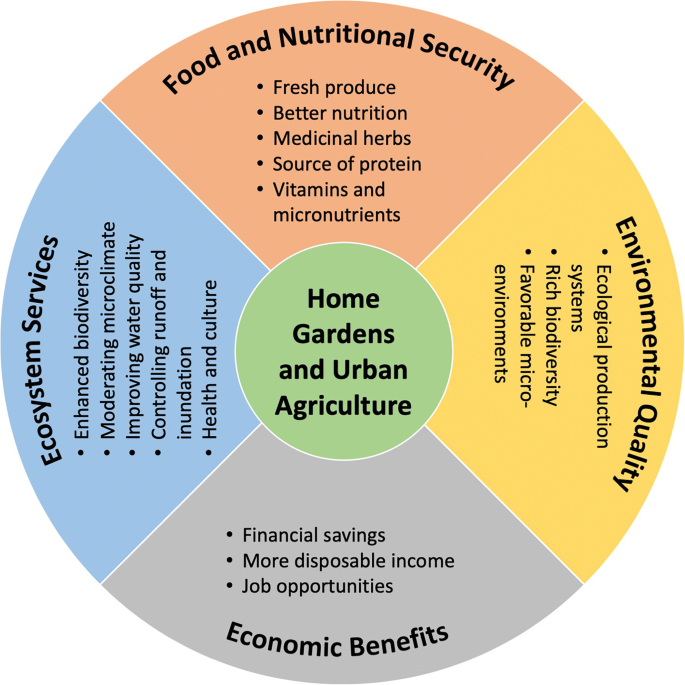Things about City Blooming
Table of ContentsThe 2-Minute Rule for City BloomingCity Blooming Can Be Fun For EveryoneNot known Facts About City BloomingThe Best Strategy To Use For City BloomingCity Blooming - The Facts
Nature has extraordinary effects on our physical and psychological health, so it's no surprise that an easy delicious on a desktop or some potted herbs on a windowsill can promptly boost a space. Take those plants a step even more, and you'll go across right into the territory of urban gardening, which brings a lot more advantages to individuals and neighborhoods alike.What Are Urban Gardens?Urban gardening, often calledcity gardening, is defined as "the process of cultivating green rooms in urban setups. "It includes a selection of projects from urban farming to outdoor patio gardens to community yards - indoor plants. Urban yards can be had a tendency by people, groups, companies, or organizations. The amount and selection of food expanded can vary widely, along with the size of the job itself, however urban horticulture initiatives are all rooted in a city setting.
Whether they contain a collection of pots on a balcony or a collection of plots on a vacant great deal, these gardens provide even more than food, providing a host of environmental, economic, and social advantages. Since fruit and vegetables is expanded in neighborhood settings as opposed to far-away ranches, city gardening minimizes transportation needs, consequently minimizing carbon discharges.
City Blooming for Dummies
Lasting and natural farming eliminates or minimizes much of the environmental injury that would certainly be sustained by industrial farming methods. Green spaces in cities help minimize the city heat island effect. Urban farming promotes regional economies and sustains regional food producers. Neighborhood horticulture jobs usually provide food at little or no charge, which aids reinforce food budget plans and raise food safety and security. Urban gardens can be devices of social adjustment that address injustices, systemic bigotry, and community development concerns. Below at Cravings For Adjustment, we utilize food as a device to build health and wellness, riches, and social change in North Minneapolis. We bring people with each other to discover, cook, consume, and grow food, producing change that lasts.
Together, we can create well-rooted and flourishing adjustment!.

The key lesson we, once more, have to discover is that cities are not separated from nature. They are a component of the larger biome in which they lie. As coordinators and designers, we are educated to believe holistically. While these disciplines promote cities as advantageous, no city is perfect not also close, and the vulnerabilities and interconnections of the global supply chain has influenced everyone in unexpected means.
The 20-Second Trick For City Blooming
I will certainly check out designs from the past that promoted metropolitan gardens and gardeners, and show what functioned and what did not. I will certainly go over the possibilities and difficulties of being a metropolitan gardener, what is required to establish a garden of your very own, and what legislations and standards stand in the way of making cities much better at advertising metropolitan yards.
The quantity of time lost obtaining to and from conventional workplaces has actually been well recorded. One significant research study wrapped up that prior to the pandemic, Americans lost approximately 54 hours a year commuting. The gathered adverse impacts of pollution and stress and anxiety that result from commuting alone by vehicle as the majority of Americans do are considerable.
The capacity to come to the office for collaboration and culture, and remain home for focused job is a concept that saves time, is better for the atmosphere and is a smarter usage of minimal resources. What hasn't yet taken hold is the link between these modifications in habits and exactly how cities can react.
Excitement About City Blooming
What are the wellness impacts of our cities all of a sudden overdesigned for autos? How can our city infrastructure (roads, energies) do far better, not just as avenues to move people and items, however as contributors to natural systems? Urban phenomena such as smog, poor water top quality and the 'warmth island result' can be alleviated by greening our streets, amazing our vehicles and growing our parking area.
In a recent their explanation short article in the Wall Road Journal, Richard Florida went over the sensation of 'zoom cities,' which draw in remote employees by developing a picture of a better of life (fruit and vegtables). He wrote: "For cities, remote job alters the emphasis from luring firms with special bargains to tempting ability with services and features
Urban gardening currently has numerous alternatives to aid you grow food anywhere you have area, such as with container horticulture, hydroponic horticulture, and roof horticulture. This means you can regulate the place where you expand the food, and stress less regarding ecological conditions like dry spell or winter. You can choose what you wish to expand, exactly how you want to expand it, and where you intend to grow.
The Only Guide for City Blooming
Expanding mass-produced food with standard farming approaches takes a whole lot out of the earth. Past the numerous resources that are used on the ranch, the food then has to be transported where it is expanded to a shop near you. That requires shedding a great deal of fuel. On average in the united state, food is currently carried between 1,500 and 2,500 miles to reach the consumer.
